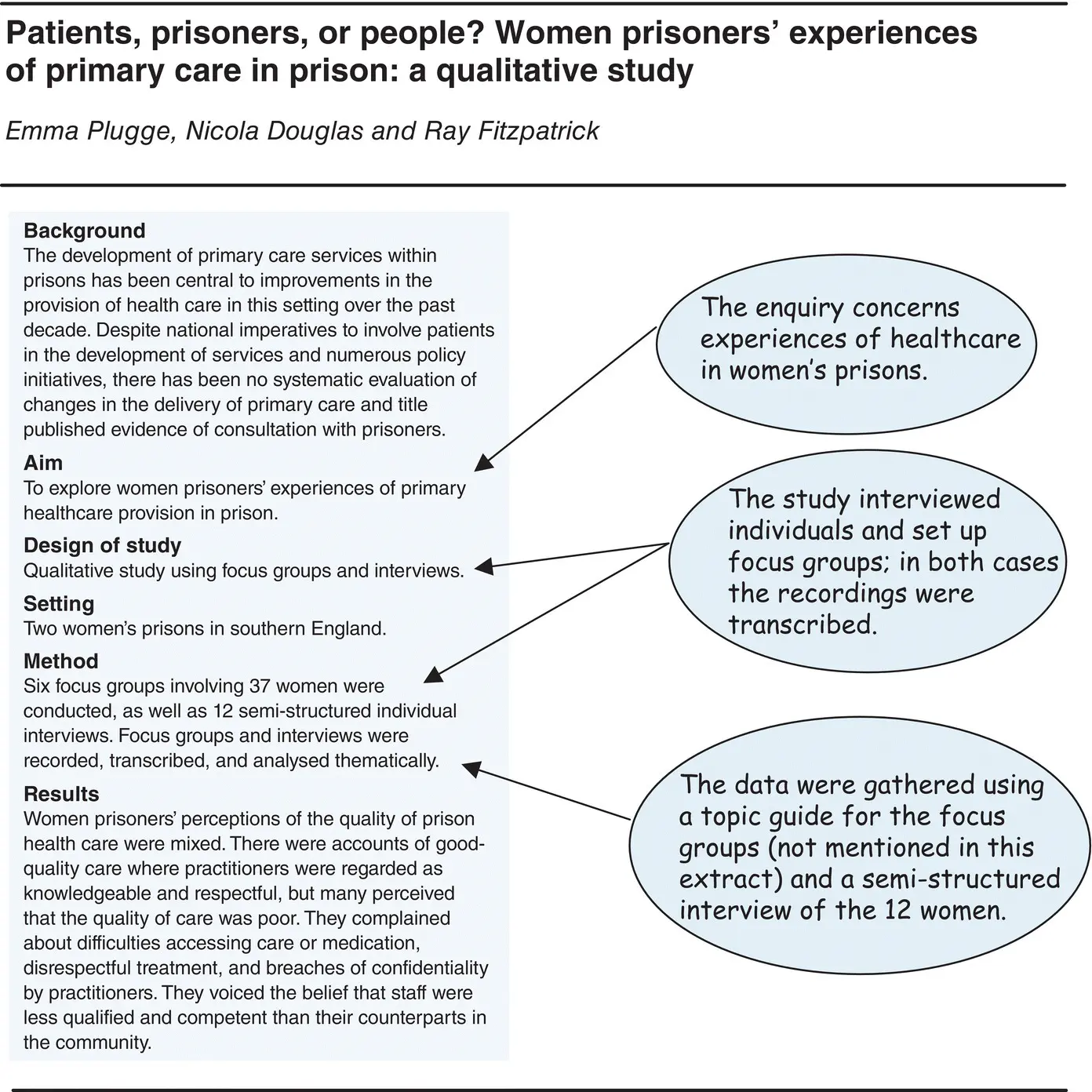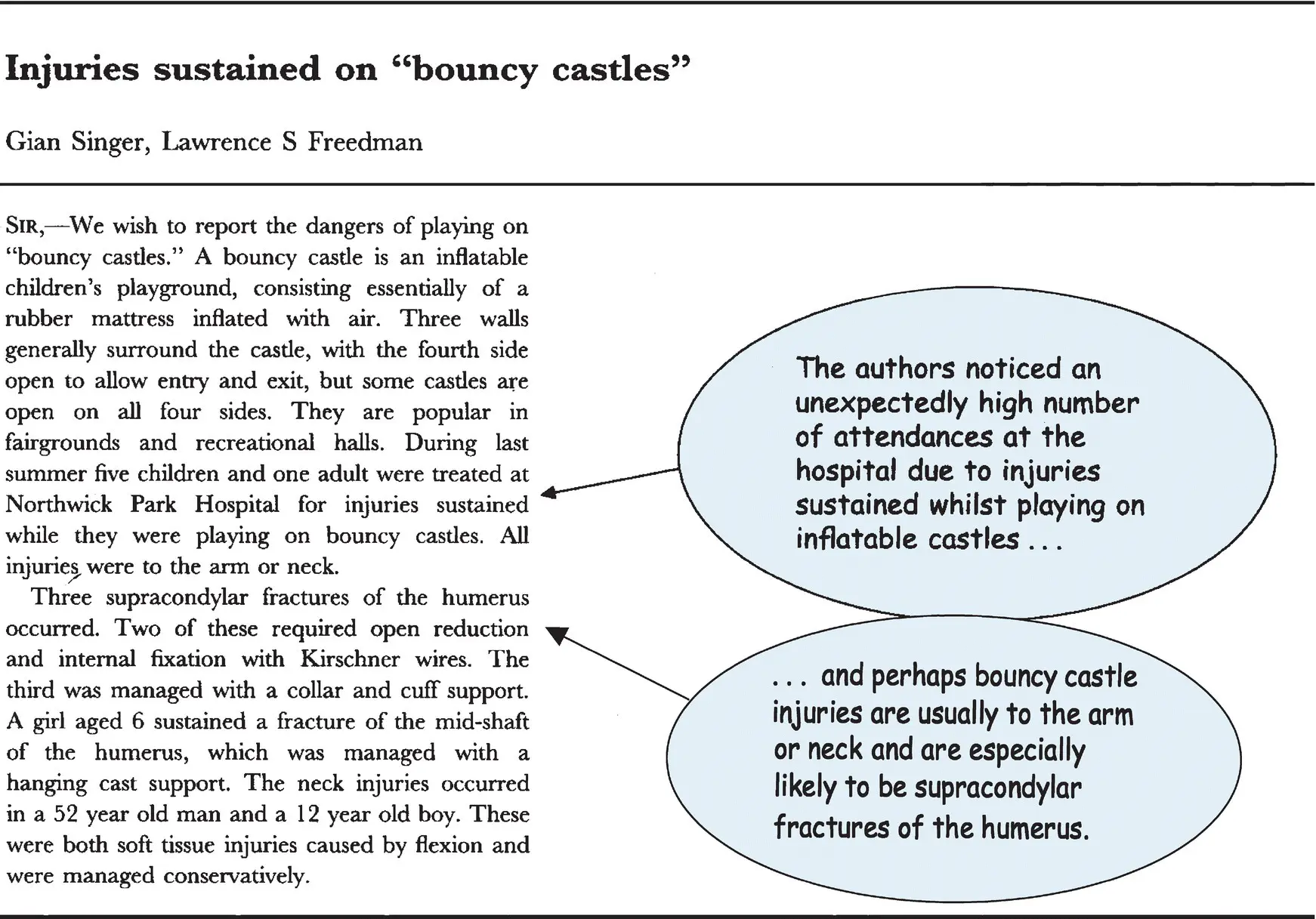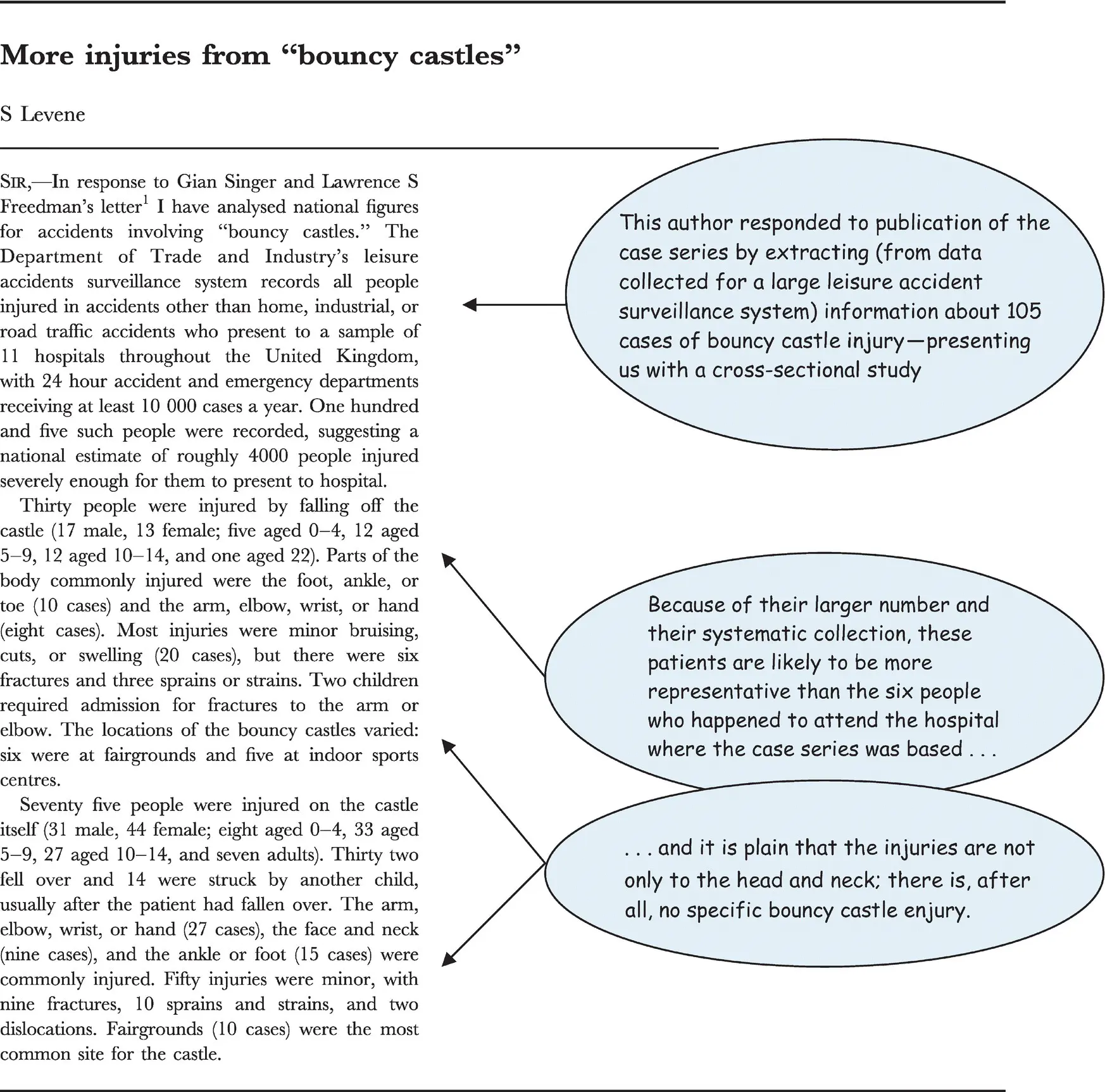David Bowers - Understanding Clinical Papers
Здесь есть возможность читать онлайн «David Bowers - Understanding Clinical Papers» — ознакомительный отрывок электронной книги совершенно бесплатно, а после прочтения отрывка купить полную версию. В некоторых случаях можно слушать аудио, скачать через торрент в формате fb2 и присутствует краткое содержание. Жанр: unrecognised, на английском языке. Описание произведения, (предисловие) а так же отзывы посетителей доступны на портале библиотеки ЛибКат.
- Название:Understanding Clinical Papers
- Автор:
- Жанр:
- Год:неизвестен
- ISBN:нет данных
- Рейтинг книги:3 / 5. Голосов: 1
-
Избранное:Добавить в избранное
- Отзывы:
-
Ваша оценка:
- 60
- 1
- 2
- 3
- 4
- 5
Understanding Clinical Papers: краткое содержание, описание и аннотация
Предлагаем к чтению аннотацию, описание, краткое содержание или предисловие (зависит от того, что написал сам автор книги «Understanding Clinical Papers»). Если вы не нашли необходимую информацию о книге — напишите в комментариях, мы постараемся отыскать её.
Understanding Clinical Papers — читать онлайн ознакомительный отрывок
Ниже представлен текст книги, разбитый по страницам. Система сохранения места последней прочитанной страницы, позволяет с удобством читать онлайн бесплатно книгу «Understanding Clinical Papers», без необходимости каждый раз заново искать на чём Вы остановились. Поставьте закладку, и сможете в любой момент перейти на страницу, на которой закончили чтение.
Интервал:
Закладка:
Reports of qualitative research usually describe the way in which the data were collected. Often the data are gathered through the interview of a series of individuals, although groups of people (generally termed focus groups ) are also widely used. Whether it is a study with individual interviews or one engaged with groups, the researchers will generally have set out for themselves an organized way of posing questions. The structure of the questioning can be extremely loose, perhaps little more than an occasional prompt on a broadly drawn subject, through to detailed and in‐depth enquiry in an organized order of questioning.
Most often the questioning, in individual interviews or focus groups, lies somewhere between these two poles and the researcher constructs a topic guide in which there are a number of open‐ended questions arranged in an order that is not necessarily adhered to should the conversation pursue its own direction. Sometimes, the topic guide is rather more structured and the qualitative researcher may refer to it as a semi‐structured interview . The content of questions varies widely but will usually pay attention to the participants' attitudes and experiences ( Figure 4.4). Topic guides are referred to in more detail in Chapter 25. Where the method is participant observation, the data are recorded in rather different ways, often using field notes – written as the observations are being made or soon afterwards ( Figure 4.3).

Figure 4.4 A qualitative study involving focus groups and individual interviews.
Source: Reprinted from Plugge et al. (2008), © 2008 Royal College of General Practitioners permission conveyed through Copyright Clearance Center, Inc.
It is normal practice to make audio recordings of all of the interviews and to transcribe them: the researcher, or someone paid by the researcher, listens to the recording and types out what has been said by both parties, or by everyone in the group, verbatim. Focus groups ought to provide an extra ingredient that should enrich the data: the group process itself ought to help the participants to explore, consider, clarify, and reflect on their views and their reports of experience – with the participants each assisting the researcher in eliciting one another's responses. Whether derived from individual interviews or from focus groups, the transcribed written material becomes the basis for the analysis – discussed in Chapter 38.
CHAPTER 5 Descriptive Studies: Quantitative
Broadly speaking, quantitative research may be either observational or experimental . In the first, the researcher actively observes patients by doing things like asking questions and taking samples, but does not experiment with the patient's treatment or care. In a typical experimental study, in contrast, the researcher intervenes to ensure that some or all of a group of people receive a treatment, service, or experience.
It can be helpful to divide observational studies into two groups according to their complexity ( Figure 5.1). On the one hand, descriptive observational studies ask questions like: ‘What are the clinical or biochemical characteristics of people who have rheumatoid arthritis?', ‘How common a condition is asthma?', or ‘How disabled do people become over a decade of follow‐up after a diagnosis of multiple sclerosis?' On the other hand, some observational studies compare groups to try to answer more complex questions: ‘Do people who smoke get more heart disease than those who don't smoke?' or ‘Are women who experienced venous thrombosis more likely to have been taking the oral contraceptive pill than are women who didn't sustain a thrombosis?' Studies that ask these kinds of non‐experimental (observational) questions, but which involve comparisons, are often described as analytic .

Figure 5.1 Types of research study design.
Analytic observational studies are dealt with in Chapter 6and experimental (intervention) studies in Chapter 7. The remainder of this chapter tackles the simplest forms of quantitative observation – descriptive studies . We find it useful to subdivide descriptive studies into four types:
Case reports
Case series
Cross‐sectional studies (simple cross‐sectional studies determining, for example, how common (prevalent) a condition is; more complex cross‐sectional studies involving comparisons are dealt with under analytic research in Chapter 6)
Longitudinal studies
CASE REPORTS
Some would say that case reports are scarcely research at all. They usually take the form of an unusual clinical case that illustrates something about the cause, or the outcome of the person described that the author hopes will intrigue you. Perhaps the author's care over detail – eliciting symptoms, possible precipitants, and treatments offered – takes the case report out of the ordinary clinical arena and justifies the title of research. Research journal editors vary in their views – some publish such reports and others do not.
CASE SERIES
A respectable form of research is a description of clinical findings seen in a succession of patients who seem to display a similar condition: the case series . Something unexpected has turned up – more cases than usual of a rare disorder perhaps, or an apparent excess of some clinical sign – hence the motive for writing‐up the series of cases. For example, Figure 5.2shows how clinicians used a case series to point to dangers of playing around on bouncy castles.

Figure 5.2 Extract from case series of bouncy castle injuries.
Source: From Singer and Freedman (1992), © 1992, BMJ Publishing Group Ltd.
Sometimes the author of a case series notices some common feature that the cases share and speculates that this factor might help to explain the condition. A famous example of such studies includes the early descriptions of the birth abnormalities that became linked with the drug thalidomide.
CROSS‐SECTIONAL STUDIES
Unlike the case series, which usually reports an unexpected clinical encounter, the researchers of a cross‐sectional study deliberately set out to assemble a group of study subjects – often patients in current or recent contact with part of the health service – and describe the presence and absence of various clinical features. For example, responding to the case series of bouncy castle injuries ( Figure 5.2), another researcher extracted from a national survey of leisure accidents the clinical and circumstantial details of 105 bouncy castle injuries ( Figure 5.3) – providing us with a more representative picture. This new, premeditated study of 105 cases is a fairly typical cross‐sectional study. It seems to show that, when the matter is examined using a suitably selected sample, there is no convincing evidence that bouncy castle injuries cause a specific fracture of the elbow region but, instead, lead to all manner of soft tissue, joint, and bony injuries – anywhere on the body.

Figure 5.3 Extract from cross‐sectional study about bouncy castle injuries.
Читать дальшеИнтервал:
Закладка:
Похожие книги на «Understanding Clinical Papers»
Представляем Вашему вниманию похожие книги на «Understanding Clinical Papers» списком для выбора. Мы отобрали схожую по названию и смыслу литературу в надежде предоставить читателям больше вариантов отыскать новые, интересные, ещё непрочитанные произведения.
Обсуждение, отзывы о книге «Understanding Clinical Papers» и просто собственные мнения читателей. Оставьте ваши комментарии, напишите, что Вы думаете о произведении, его смысле или главных героях. Укажите что конкретно понравилось, а что нет, и почему Вы так считаете.












